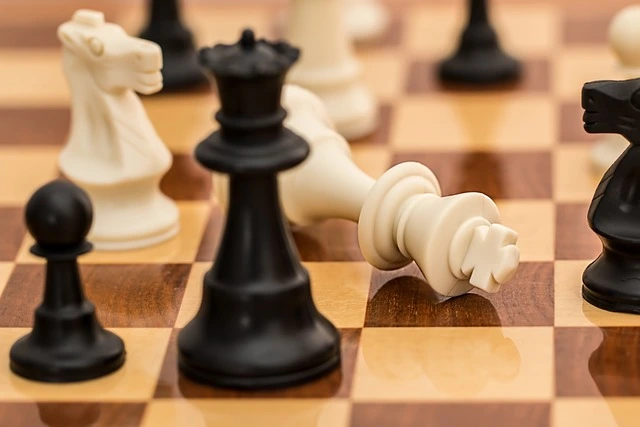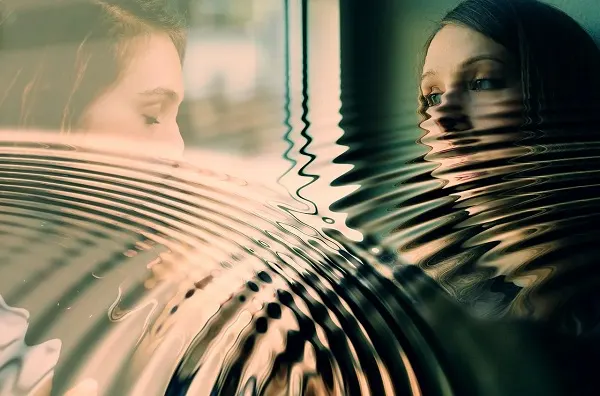I always tell people, once I started understanding the value of investing, I realized: Let the money work for you.
Who I Am—and Why This Matters
In this guide, I’ll walk you through how to use just 10 rental properties to retire—or at least to create the kind of financial freedom that lets you live life on your own terms.
Breaking the Myth of “Go Big or Go Home”
You’ve heard the noise: go big, 10x your portfolio, scale to the moon. As if success in real estate is measured by the number of doors you control. But let me ask you—do you actually want to manage hundreds of properties?
I didn’t. Most investors I talk to don’t either. What we want is freedom. Time. Simplicity. Space to travel, be with our families, pursue hobbies, or do work that matters—even if it pays less.
Building a massive portfolio is risky. It’s complex. It eats your time. That’s why I teach something different. My strategy is simple: start with your vision of freedom, then work backward to design the smallest portfolio that can get you there.
My Life as a Small and Mighty Investor
For me, freedom looks like traveling with my wife and two kids. As I write this, we’re wrapping up a 12-month stay in Granada, Spain. My kids went to local schools, improved their Spanish, and made new friends. My wife took classes and taught English, which she loves. I played pickup basketball and soccer, sharpened my Spanish, and wrote the book I mentioned earlier.
All of this—paid for by rental income from the U.S. I worked less than two hours per week on real estate.
The Numbers—Simple and Real
Let’s break it down. Say you own a single-family rental that brings in $1,800 a month in rent. After taxes, insurance, maintenance, and management fees, your operating expenses total about $800. That leaves you with $1,000 per month in net operating income (NOI).
Now imagine you’ve paid off the mortgage on that property. That $1,000/month? All yours. Do that with 10 houses and you’re at $10,000/month, or $120,000/year in clean, recurring income.
Yes, there are taxes. Everyone’s situation is different, so I won’t dive into that here. But the point stands: a small, paid-off portfolio can fund your life.
And if you’re only spending two hours a week managing your rentals? You’ve also bought back your time.
The Question That Changes Everything
So let’s pause. Really ask yourself:
If you had $120,000 a year coming in, and most of your time was free—what would you do differently?
What would you stop doing?
What would you start doing?
That question sits at the heart of the Small and Mighty approach. In my book, I devote all of Chapter 3 to helping you figure out how many properties you need for your version of freedom. Then I show you how to pay off your mortgages faster and design your ideal lifestyle around it.
You can do great things on a small scale.
But What If You're Just Starting?
I get it—10 properties, all paid off, can sound impossible if you’re just starting. I’ve been there.
It starts with one property. Then another. Then another. Your timeline might be five, ten, or fifteen years. That’s okay. You’ll likely need to use debt early on and get creative just to land that first deal. I sure did.
But over time, your cash flow grows. Your equity builds. Eventually, you can use techniques like the rental debt snowball, where you use extra cash flow to aggressively pay down one property at a time. Or maybe you buy more than you need, sell the extras, and use those profits to wipe out the debt on the rest.
Either way, it’s possible.
| Item | Property/Month | 10 Properties/Month | 10 Properties/Year |
|---|---|---|---|
| Rent | $1,800 | $18,000 | $216,000 |
| Expenses | $800 | $8,000 | $96,000 |
| Net Income (NOI) | $1,000 | $10,000 | $120,000 |
| Cash Flow (Net Income) | $1,000 | $10,000 | $120,000 |
What If You Live in a High-Cost Market?
Maybe you're thinking: Where I live, an $1,800/month rental costs $600,000 and doesn’t cash flow.
That’s fair. The point of my example isn’t the specific numbers—it’s the concept. There are many paths to the same goal.
I once coached an investor in Austin, Texas. She held a few properties for over a decade. They appreciated like crazy—over $1 million in wealth—but the cash flow wasn’t great. So, she sold them and used a 1031 tax-free exchange to roll that wealth into better cash-flowing properties.
Use what you have. Use your market. Then shift gears when the time is right.
You Don’t Need a Massive Empire
Here’s the truth: you don’t need a 100-unit empire to be free.
If freedom and peace of mind are your goals, a small and mighty portfolio might be your best move. Maybe that’s 10 properties. Maybe five. Maybe two.
You’re not alone. There’s a movement of investors doing exactly this—quietly building freedom, one rental at a time.
And if you’re serious about building a life you don’t need to escape from, get started today. One property at a time. Fewer doors. More freedom.
Other articles for you

Learn how to invest in REITs effectively, avoid common mistakes, and build a diversified real estate portfolio with long-term passive income potential.

Let’s clear the confusion

What income will put you in the upper middle class? The answer might be a little more complex than it seems.

No one wants to be broke

Your twenties matter more than you think

The idea is simple

If you’ve got crypto sitting idle in your wallet, you’re probably leaving money on the table.

Today, we’re diving into the two most common passive income options in the crypto space: yield farming and staking.

A Certificate of Deposit—or CD—is a savings tool where you lock in your money for a fixed period in exchange for a higher interest rate than a standard savings account.

Only about 18% of americans use high-yield savings accounts—an option that can significantly increase your returns with minimal effort.